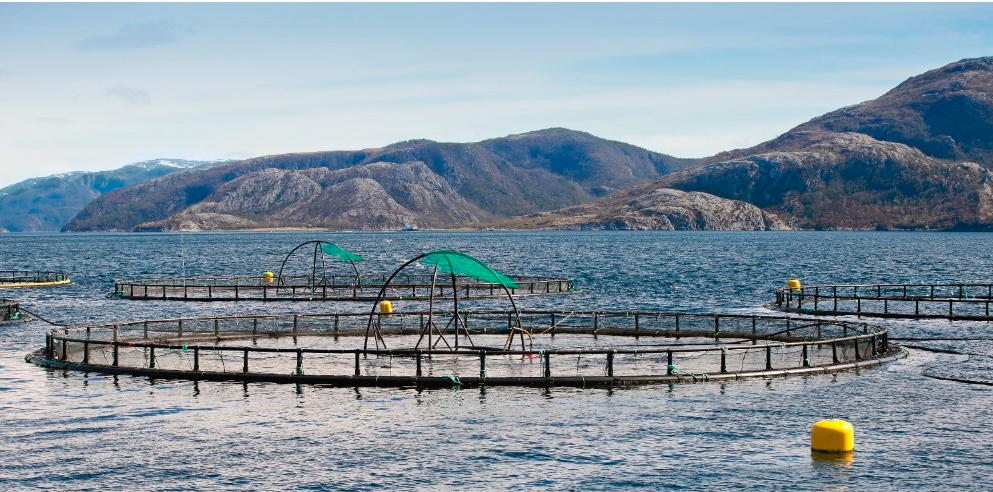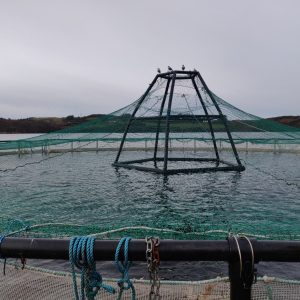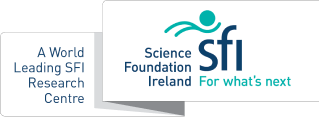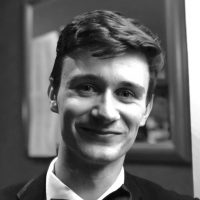
Flexaqua

- Title
-
Flexaqua: Aquaculture Operations With Reliable Flexible Shielding Technologies For Prevention Of Infestation In Offshore And Coastal Area
- Start Date
-
01/05/2018
- End Date
-
30/06/2021
- Funding Body
-
Marine Institute, EU Interreg Marter
- Coordinator
-
Pascal Kleber, SINTEF, Norway
- Research Partners
-
SINTEF Norway, Trinity College Dublin Ireland, University College Dublin Ireland, NTNU Norway
- Project Partners
-
SINTEF Norway, Trinity College Dublin Ireland, University College Dublin Ireland, NTNU Norway, Bord Iscaigh Mhara, Ireland, Egersund Net AS Norway,
- Principle Investigators
-
Vikram Pakrashi (UCD), Pascal Klebert, SINTEF Norway (overall)
- Project Manager
-
Pascal Klebert, SINTEF, Norway
- Research Area
-
Aquaculture, Structural Health Monitoring
- Website
Introduction
The ever-increasing demands on ocean resources have resulted in severe overfishing in many parts of the world. Worldwide fishery production is no longer able to meet the needs of the growing human population in a sustainable or economical manner without supplementation through aquaculture.
Currently, the aquaculture industry is facing critical production and environmental problems that challenge fish welfare and serve as key bottlenecks to further growth of the industry.
The two greatest environmental risks as assessed by the Norwegian Institute of Marine Research’s annual risk analysis of salmon aquaculture are ectoparasite infestations and the escape of farmed fish. To tackle these problems, new farming technologies are being developed. Chief among the diverse approaches is developing new cage farming technologies that combat ectoparasites through manipulations of the cage structure.
Recent innovations in cage design have involved placing a lice barrier in the upper section of salmon cages, either as a full skirt around cages or as an internal ‘snorkel’. These barriers are used to prohibit infection by parasites as they stop encounters between parasites and salmon in the upper depths (e.g. 0-10 m) of the water column. Skirts and snorkel technologies are more and more used in full-scale salmon farms by the industry with positive effects in reducing lice loads but there are still a lot of unknowns regarding the long/mid-term effects of these new farming technologies on the total structural integrity of the cage and farm itself. There are strong needs to improve the understanding of the behaviour of such structures under various environmental conditions (currents, waves) and the effect of marine organism growth on the structural integrity, to develop new techniques to detect 3-dimensional structural damages, and to secure the operations with cost-efficient control systems. These are particularly important nowadays as the aquaculture industry is extending to “high-energy” sites (i.e. sites that are exposed to significant wave energy and high current flow) due to space restrictions at sites close to the coast that prevent large-scale production facilities.
Aim
The aim is to improve aquaculture systems by advancing economically sustainable practices and fish welfare utilizing advanced technical and scientific methods.
The partners will investigate and improve the use of flexible shielding skirts to prevent ectoparasite infestations (e.g. sea lice) in relation to finfish farming, investigate the effect of marine organisms growth on these structures and suggest innovative, safe and efficient underwater monitoring procedures.
To accomplish the project goals, validated numerical fluid-structure-interaction (FSI) methods and 3D underwater image processing tools will be used. Further project outputs are sensor placement and deployment strategies as well as frameworks for combining numerical methods and image processing tools to deliver solutions for cost-efficient structural health monitoring of complex marine infrastructure.
Work Packages
WP1 Model development
WP2 Underwater imaging
WP3 Structural Health Monitoring
WP4 Sensor Deployment Strategy
Deliverables
Field measurement applications
SHM algorithm development
Assessment of monitoring benefits
Understanding hydrodynamic effects on structures
Publications
Qiu W, Pakrashi V and Ghosh B. (2020). Fishing Net Health State Estimation using Underwater Imaging. Journal of Marine Science and Engineering, 8(9), 707.
O’Byrne M, Ghosh B, Schoefs F and Pakrashi V. (2020). Applications of Virtual Data in Subsea Inspections. Journal of Marine Science and Engineering, 8(5), 328.
Pakrashi V, Qiu W, O’Byrne M, Cahill P, Bhowmik B and Ghosh B. Fish Farm Monitoring for Blue Growth. (2020). Civil Engineering Research in Ireland 2020 (CERI2020) and Irish Transportation Research Network 2020, 333-336 (ITRN2020) Conference, Cork Institute of Technology, Ireland (held online due to Covid19).
Contact
Prof. Vikram Pakrashi
Email – ei.dcu@ihsarkaP.markiV
Photo Gallery





